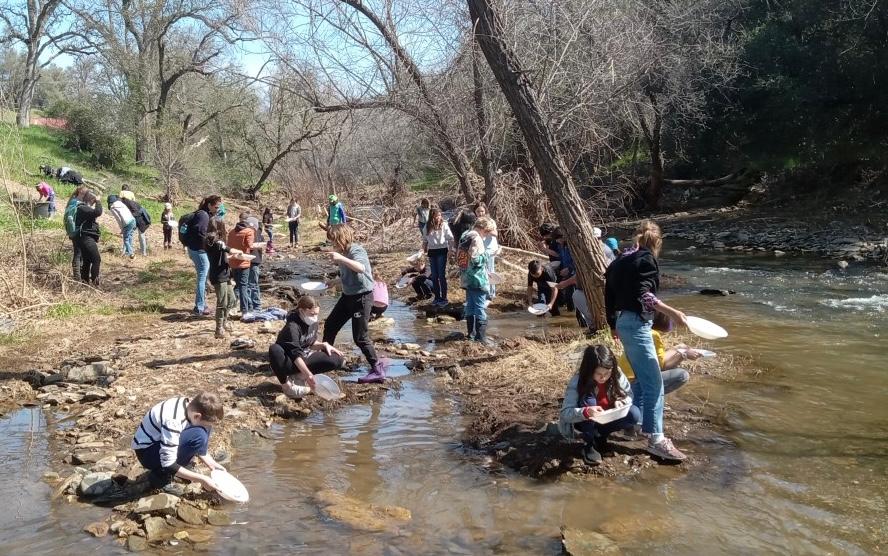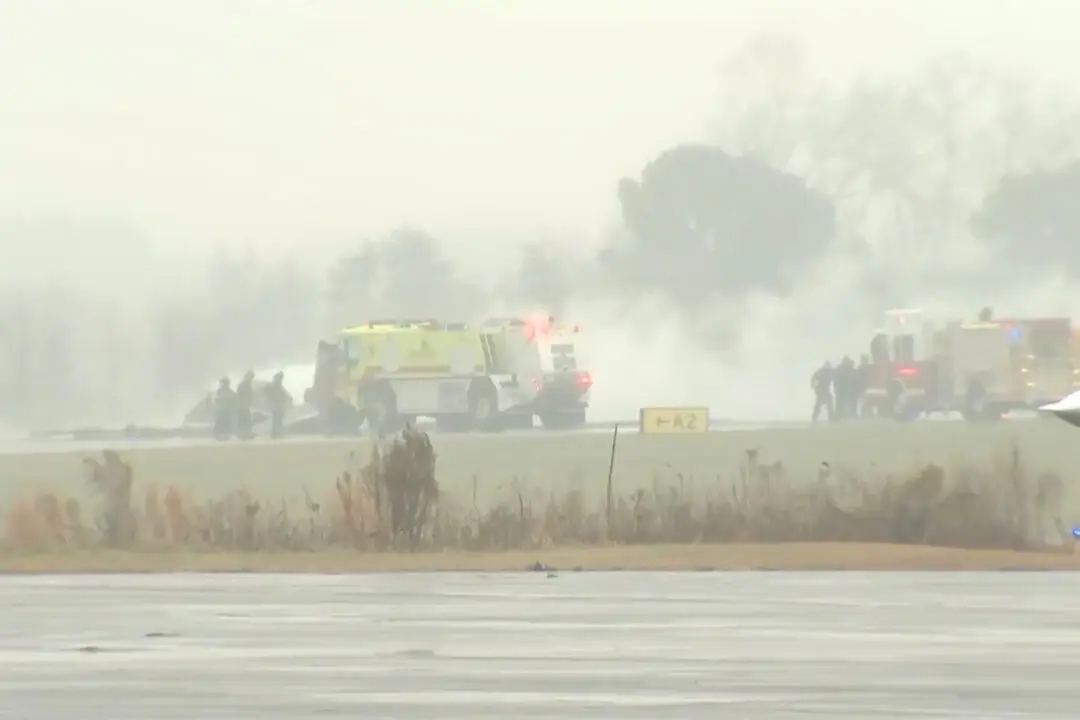Gold isn’t raining from the sky in California, but it might be flooding into the rivers by summer.
“Nugget Nick” Prebalick expects the melting of the record snowpack in northern California to deposit even more gold in Woods Creek in Tuolumne County, where he shares a claim with his father and son near Jamestown. The family has been offering tours to those who want to experience gold mining and learn about the history of the California Gold Rush.





